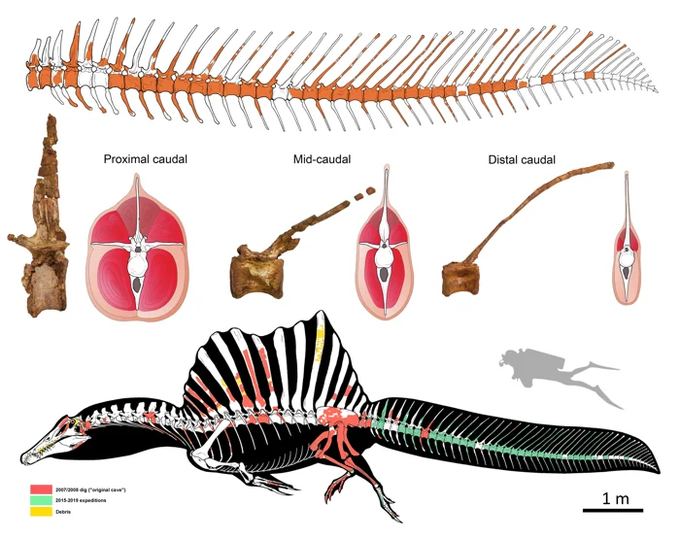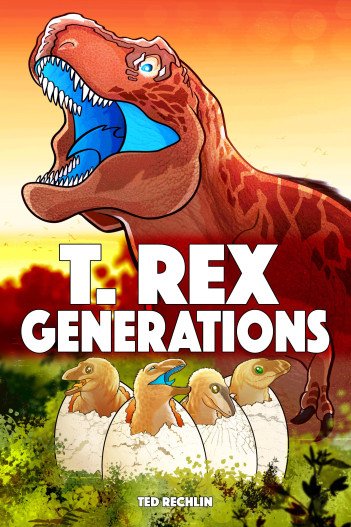I've got to say, I'm loving these new Spinosaurus illustrations based on the recent publication about it's paddle like tail! (https://t.co/q5VfnCPv7n).
Have a look at #Spinosaurus for some great sci-art!
(Image left: Marco Auditore/Gabriele Bindellini; Right:
On this day, 6 years ago, @justrena, @DeepFriedDNA and myself started a little blog focusing on Pleistocene animals.
We called it @TwilightBeasts. Here is our very first post! (Art @TabithaPaterson)
https://t.co/xF1u60bzAg
@eatsmorechicken @TrillinDaGame It's a sea scorpion (Eurypterid). Anomalocaris was a Cambrian beast, closely related to arthropods. (Art Rainer H)
O is for Oohkotokia. A 74 million year old anklyosaur. The name is in honour of the native Niitsitapi people in North America, who's land it was found on. #FossilFriday
(Photo, Paul Penkalski; Art, DevianArt: Ciciopurple)
E is for Euoplocephalus. It's name literally means 'well-armoured head'. And it was. This anyleosaurid giant, was tail whipping and head butting in Canada around 80 million years ago. #FossilFriday
(Photo Victoria Arbour & Philip Currie; Art John Sibbick)
@CarolineLawrenc @romanpalace @DeerProject @DavidMacchi Thanks Caroline! It was this one
I reviewed @TedRechlin's new book: T rex: Generations. It's pretty darn good!! @rextoothstudios https://t.co/nUoInHhFnt
Scientific illustrations in the mid 1800s were just stunning. This is a skull of a cave hyena from Somerset, in 'British Pleistocene Mammalia' (1866). (Art by J. Greene). #FossilFriday
The largest land mammal ever was MASSIVE!!! This is the 30 million year old Paraceratherium! (Image left H. Osborn: Right via Wiki) #FossilFriday
If you haven't seen the aweseom artwork by @TedRechlin, you should have a look!! Great new dino book: https://t.co/WxNFt0jvPi














